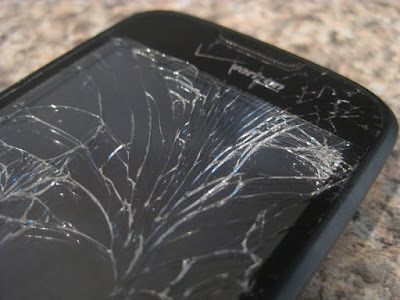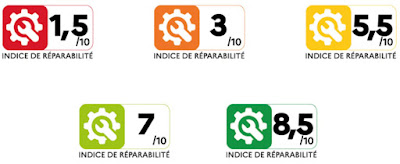As I sit and write this, we haven't had any rain for the last five weeks. And there is none in the forecast for at least the next two weeks. We normally have fairly dry summers. We usually have water restrictions of some sort and we always let our lawns go golden, unlike some neighbours who insist on watering their patches of useless grass. But, in a normal year, we usually get some relief from the odd rainstorm. Not this year. Which has me wondering about our water supply...
Our water comes from a reservoir high up in the mountains which is fed by winter rains and run-off from snow and glacier melt. But as the glaciers recede year after year, I am a bit worried about what the future holds. And not just me. I found a report which indicates that as our city's population grows (and grows), we will quickly outstrip our water supply. Living on an island, albeit a large one, our sources of fresh, clean water are limited. The plan for the next ten years, or so, is to build another dam in the mountains, creating another reservoir to gather and stockpile water. It's not cheap though, 75 million dollars or so.
And yet... we live on an island, surrounded by miles of ocean water. Couldn't we tap into seawater with a desalinization plant? It seems like the wave of the future, doesn't it?
I did a bit of research and there are over 20,000 desalinization plants around the world, providing clean water to over 300 million people. Some of the key players are Saudi Arabia, Israel and Australia. Although some US states like California, Texas and Arizona have also jumped on board. It seems like a win-win solution... take free sea water and turn it into fresh water. But not so fast...
There are two desalination methods: thermal and membrane. Both are extremely expensive (double what "normal" water costs), use a LOT of energy and have environmental issues.
With the thermal method, water is heated up to produce steam which is then collected and condensed to produce water. The remaining brine is then pumped out to sea. This method was the most popular method prior to the 1980s. It fell into disfavour because it's a bit more expensive than the membrane method which has now become far more popular.
With the membrane method (also known as reverse osmosis), sea water is forced through a membrane with tiny holes which catch the salt molecules but let the water molecules pass through. In this case,100 gallons of seawater produces 50 gallons of fresh water. That leaves 50 gallons of salty brine left over. What to do with it? Usually, the brine is pumped back into the ocean but this can cause sea life to die as the brine sinks to the bottom and smothers whatever lives on the ocean floor. Many desalinization plants try to dilute the brine with sea water and disperse it over a larger area. Still... it's tricky, not least because the brine is often contaminated with heavy metals. As well, some recent studies suggest that the ratio of fresh water to brine water might actually be something like... 35 gallons of fresh water and 65 gallons of brine. On top of that... the intake pipes which suck the sea water into the desalinization plant also suck in all sorts of sea life - from fish to plankton, which is problematic.
In some areas, desalinization plants are processing brackish water from aquifers and rivers, water that is only slightly salty. This is far more efficient than producing fresh water from sea water, since there is less salt to be filtered out.
Both thermal and membrane methods require tonnes of energy which, in most cases comes from fossil fuels. This simply contributes to a vicious cycle. As climate change alters weather patterns and reduces rainfall in certain areas, desalinization plants pump more carbon dioxide into the atmosphere, thus worsening global warming and climate change.
Now there is some hope on the horizon. Saudi Arabia is apparently looking at shifting their chief energy source from fossil fuels to solar power. That would certainly reduce the environmental impact. Other sunny climes, like Australia, California, Texas, Arizona and Israel would also benefit by switching from fossil fuel power sources to solar.
So, while desalinization plants are definitely an option... they are likely not in our future anytime soon. I would imagine we are going to look at other options first: more reservoirs, homeowners being encourage to install cisterns and other rainwater catchment options for gardening and... sigh... lawn watering, harvesting grey water, etc.
Clean, fresh drinking water is a precious resource and we should treat it as such. And yes, there are dozens of Indigenous communities across Canada that lack this precious resource. It seems that for every community which has a water advisory lifted, another community is added to the list. All of this makes me appreciate the water that flows out of our taps even more.
Resources
Yale University - article on desalinization plants
National Geographic - article on desalinization plants
Wired - article on desalinization plants
Circle of Blue - other options for fresh water supplies































